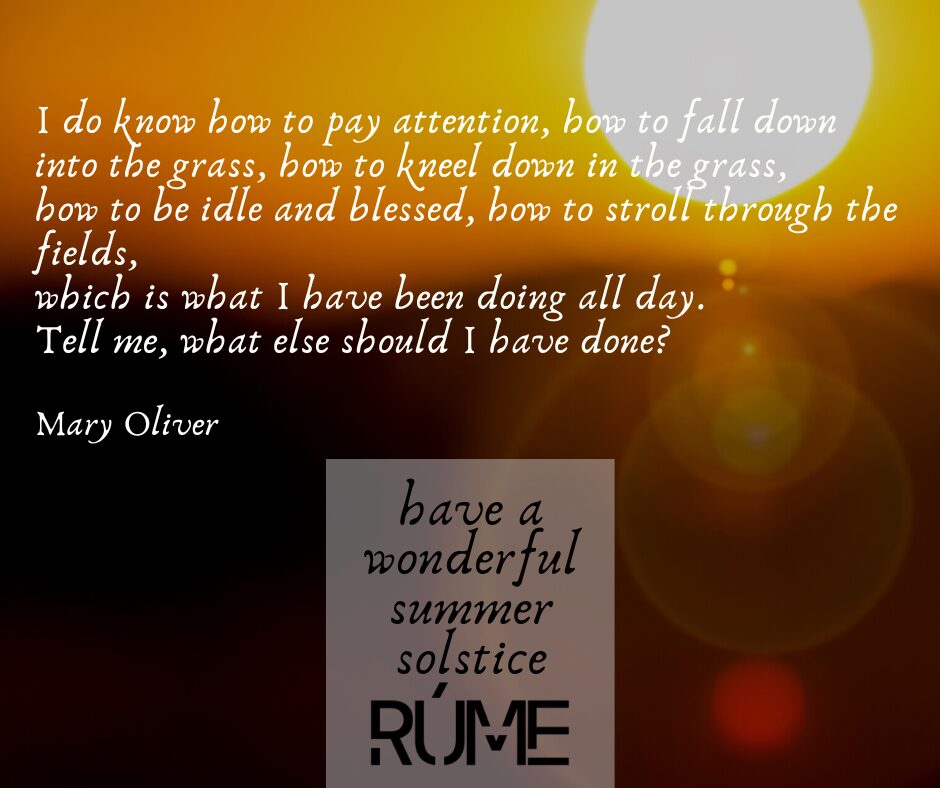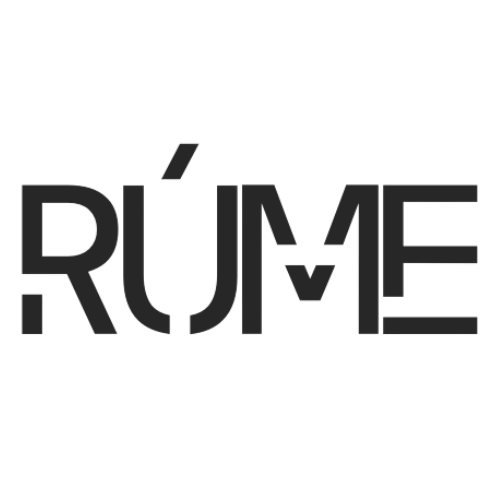SUMMER SOLSTICE

For thousands of years, the Summer Solstice has been celebrated in Ireland as a time of rebirth and flourishing. Early Pagan and Druid settlers revered the date as a significant time in the natural and spiritual world when a line is drawn between light and dark on earth.
The date officially marks the longest day and shortest night of the year in the Northern Hemisphere, and Irish people have been celebrating the festival of Litha (which means light), on the eve of the solstice date, as far back as records go.
Litha is an official Celtic Pagan festival dedicated to celebrating the life-giving, and regenerative, healing powers of the sun. In fact, the festival is still celebrated all over Ireland today at ancient stone circles, and also at Stonehenge in England. The festival originates from the fact that the Celtic people of Ireland depended heavily on agriculture for survival, and were therefore very reliant on good weather and the natural changing of the seasons for healthy crops. Furthermore, people believed that celebratory rituals performed at Litha would encourage fruitful farming, healthy cattle, and prosperity. For example, Celtic people lit large bonfires on hilltops to signify the sun burning brightly at its highest point, and also as a way to worship the Celtic sun God, Lugh. The celebrations carried on all through the night with great feasts, music, and dancing until sunrise, and were a way of welcoming the longest day.
Weddings were also common during Litha and the bride and groom were often encouraged to jump across flames to ensure a happy and healthy marriage. Celtic Druids also saw the Summer Solstice as a time to celebrate the triumph of light over dark, with the extra-long days of sunshine thought to banish dark spirits. It was also viewed as a time of growth, fertility, life, and rebirth. However, parallel to the celebration of light, there was also a recognition that this date, in turn also heralded the slow return back to the dark nights of winter. To symbolize this, it was a Celtic ritual at Litha to roll burning wooden circles, down the hilltop to signify the light slowly returning to dark again, as part of the natural circle of life.
Christians, Pagans, and Druids Still Celebrate the Summer SolsticeIn order to integrate into the existing culture at the time, Christians in Ireland adopted many of these midsummer festivities and decided to call the eve of the Summer Solstice, “St. John’s Night.” To this day, Christians, Pagans, and Druids gather together in Ireland to celebrate the Summer Solstice in this way; bonfires are still lit on hilltops and The Irish Environmental Protection Agency even declared an exemption for the lighting of bonfires on this date.
One of the most notable places for gatherings and celebrations of the Summer Solstice in Ireland can be seen each year at a large historical mound and tomb, called Newgrange, in County Meath. Newgrange is a World Heritage Site and is the burial tomb for an ancient King of Ireland. The tomb dates back to 3,200 BC, making it older than Stonehenge and The Great Pyramids of Giza. Both the winter and Summer Solstices are celebrated here and the entrance stones are astronomically aligned with the sun, so that at sunrise on the Winter Solstice, the sun illuminates the entrance passage to the tomb with a beam of light.
However, Newgrange is just one of the sites for Summer Solstice celebrations in Ireland. People also gather at ancient stone circles at The Hill of Tara and Carrowkeel in County Sligo to mark the occasion. With almost 200 stone circles still standing across Ireland, you’re never too far away from one. Furthermore, the stones at Carrowkeel are also astronomically aligned with the sun, so that the inner chamber is illuminated at the Summer Solstice, just like Newgrange is at the Winter Solstice.
https://nowwithpurpose.com/the-summer-solstice-how-the-irish-do-it/No comments
Leave a reply
Cart
Cart is empty.
